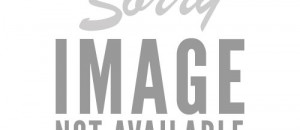Is the Panic Low In?
Below is a daily chart of the Russian ruble. When we recently wrote about the currency's collapse (see “The Russian Rubble”) we noted:
“It is a good bet that the ruble is by now egregiously undervalued, even in light of the oil price decline and economic sanctions”
We also opined that the Russian central bank may well feel forced to implement further rate hikes in the short term in order to halt speculation against the ruble. It appears that may actually not happen given the evolution of the chart picture over the past three trading days:

The Russian ruble vs. the USD, daily
Not only has intra-day volatility increased enormously, the currency has also produced a daily candle with a very large upper shadow on the day when the ruble spiked to nearly 80 vs. the US dollar in a wave of panic selling. Such chart formations are usually associated with major highs or lows (the notation is inverted, so it actually depicts the US dollar's rise against the ruble).
There will possibly some sort of retest of the ruble's low at some point, but that is not certain. Let us rather say: if there is a successful retest, then it may well put in a higher low. This happened e.g. with the South African rand when it collapsed in a panic sell-off in 2001. On a monthly chart, one cannot even see the retest clearly, i.e. on a monthly chart it looks more as though a “V” bottom had been put in. However, the “retest” was visible on daily and weekly charts.

The Rand monthly over the past 15 years. In 2001 there was a panic sell-off that looked very similar to the one the ruble has just experienced. Note the long shadow on the bottoming candle. Buying the currency at the height of the panic obviously turned out to be a hugely profitable trade – click to enlarge.
Of course one cannot know for sure whether the ruble has really bottomed out, but we would be inclined to think so. The headlines and sentiment accompanying the plunge were definitely of the sort typically seen near major panic lows. Obviously, the 78-80 level vs. the USD is the “line in the sand” from now on – should it be violated, then another wave of selling would be in the offing. The question is however why that should happen.



